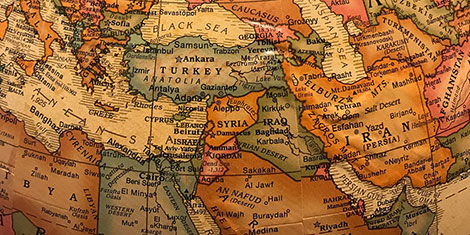By Sudha Ramachandran
 India’s plans for “development” on the Andaman and Nicobar Islands are threatening the survival of the archipelago’s already endangered indigenous populations. One of the projects that has been approved for implementation in the archipelago is a railway line linking Port Blair, the capital of the island chain, with Diglipur, the largest town on North Andaman Island. The 240-kilometer-long railway line will cut through a protected forest reserve where the native Jarawa live. This would increase the exposure of the Jarawa to outsiders – mainly non-tribal settlers and tourists – and impact their culture, health, and way of life, even their survival as a group.
India’s plans for “development” on the Andaman and Nicobar Islands are threatening the survival of the archipelago’s already endangered indigenous populations. One of the projects that has been approved for implementation in the archipelago is a railway line linking Port Blair, the capital of the island chain, with Diglipur, the largest town on North Andaman Island. The 240-kilometer-long railway line will cut through a protected forest reserve where the native Jarawa live. This would increase the exposure of the Jarawa to outsiders – mainly non-tribal settlers and tourists – and impact their culture, health, and way of life, even their survival as a group.








